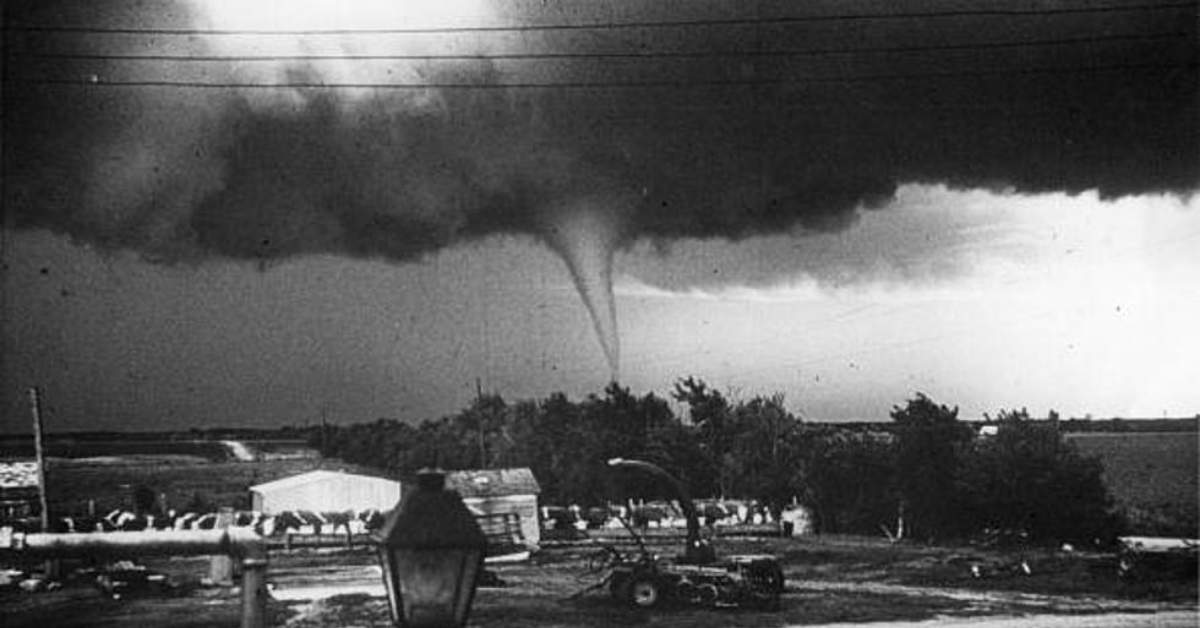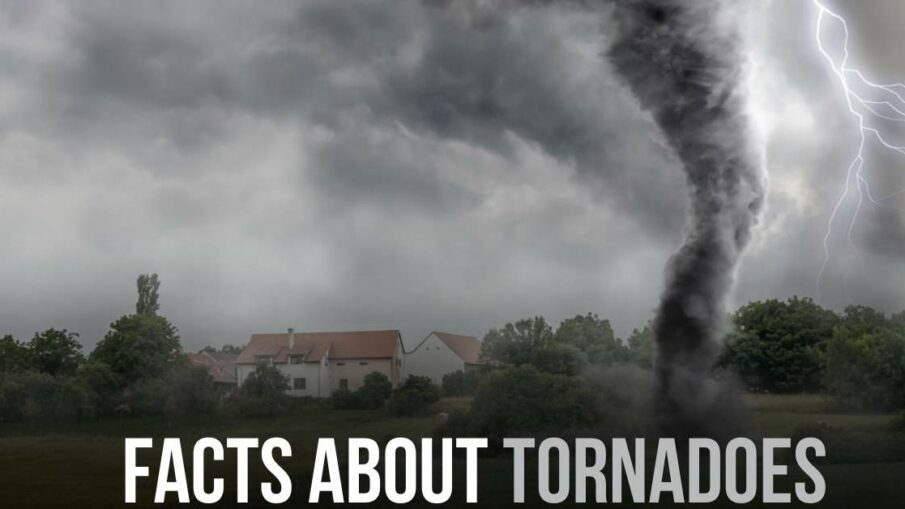Tornadoes, awe-inspiring yet devastating phenomena, are forces of nature that command respect. These swirling columns of air possess the potential to level entire communities with winds reaching astonishing speeds of up to 300 mph. In this article, we delve into the fascinating realm of tornadoes, separating fact from fiction, while shedding light on some lesser-known aspects of these natural disasters.
The Legacy of the 1925 Tri-State Tornado

An infamous chapter in tornado history is the 1925 Tri-State Tornado. This calamity embarked on its path of destruction from southeastern Missouri to Indiana, covering a staggering 219 miles in just three hours. Tragically, it claimed the lives of nearly 700 people, leaving a grim legacy as one of the deadliest tornadoes in U.S. history.
The Widest Tornado Ever Recorded
Standing as a testament to the immense power of tornadoes is the EF5 El Reno tornado of May 31, 2013. This colossal vortex stretched to an unprecedented width of about 2.6 miles at its peak, shattering the previous record. This event serves as a stark reminder of the sheer scale these forces of nature can achieve.
Unraveling the April 27, 2011 Tornado Outbreak
Marking a dark day in the history of tornado outbreaks, April 27, 2011, witnessed a staggering 207 tornadoes in the Deep South. This outbreak left a trail of devastation across states such as Mississippi, Alabama, and Tennessee, claiming 319 lives and causing widespread destruction.
The Variable Lifespan of Tornadoes
Tornadoes exhibit a wide range of lifespans, from mere moments to several hours. Although the average twister touches down for about five minutes, the unpredictability of their duration adds to the challenge of understanding and predicting their behavior.
The Global Reach of Tornadoes
While tornadoes have touched down on every continent except Antarctica, the frigid conditions of the southernmost continent make tornado formation highly unlikely. The necessity of a warm, moist climate for tornadoes to develop effectively rules out the possibility of tornadoes occurring in Antarctica.
Tornadoes in the Unlikely Northeast
The northeastern U.S., though not as tornado-prone as regions like Tornado Alley, is not immune to powerful tornadoes. History bears witness to instances such as the 1985 F5 tornado that struck western Pennsylvania, causing significant damage and underscoring the unpredictable nature of tornadoes.
Dual Tornado Alleys
While Tornado Alley in the Central U.S. is renowned for its tornado activity, the lesser-known Southern Tornado Alley also experiences deadly tornadoes. Over the past decade, states like Louisiana, Georgia, and Alabama have seen a surge in tornado occurrences, challenging the perception of tornado-prone regions.
The Seasonal Dance of Tornadoes
Tornadoes have a distinct preference for the spring months, with their activity peaking between May and June. The historical data highlights May as the most active month for tornadoes in the U.S., with an average of 276 tornadoes annually.
Timing is Everything
Tornadoes are more likely to strike between 4 and 9 p.m., with a heightened risk during the evening hours. In the Southeastern U.S., nighttime tornadoes pose a particularly dangerous threat, emphasizing the need for preparedness and vigilance.
U.S. Dominance in Tornado Activity
The United States stands as the epicenter of tornado activity, experiencing over 1,200 tornadoes on average each year. The convergence of ample moisture from the Gulf of Mexico and dynamic weather patterns creates the perfect conditions for these formidable storms to develop.
Conclusion: Tornadoes remain an awe-inspiring testament to the immense power of nature. By understanding their history, behaviors, and patterns, we can better equip ourselves to mitigate their impact. As we acknowledge the historical tragedies and ongoing challenges posed by tornadoes, we also recognize the resilience of communities and the importance of preparedness in the face of these forces of nature.


Leave a Reply